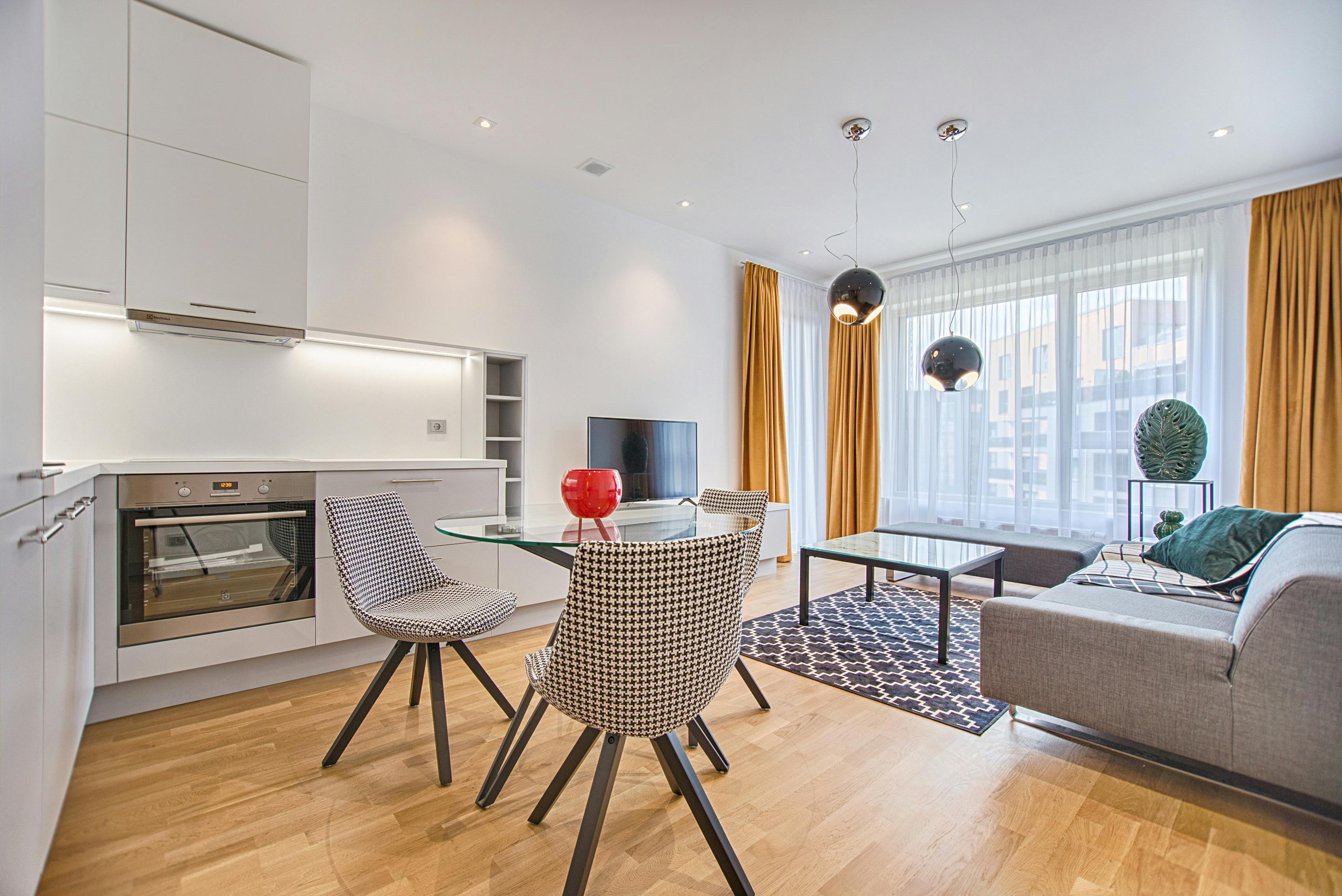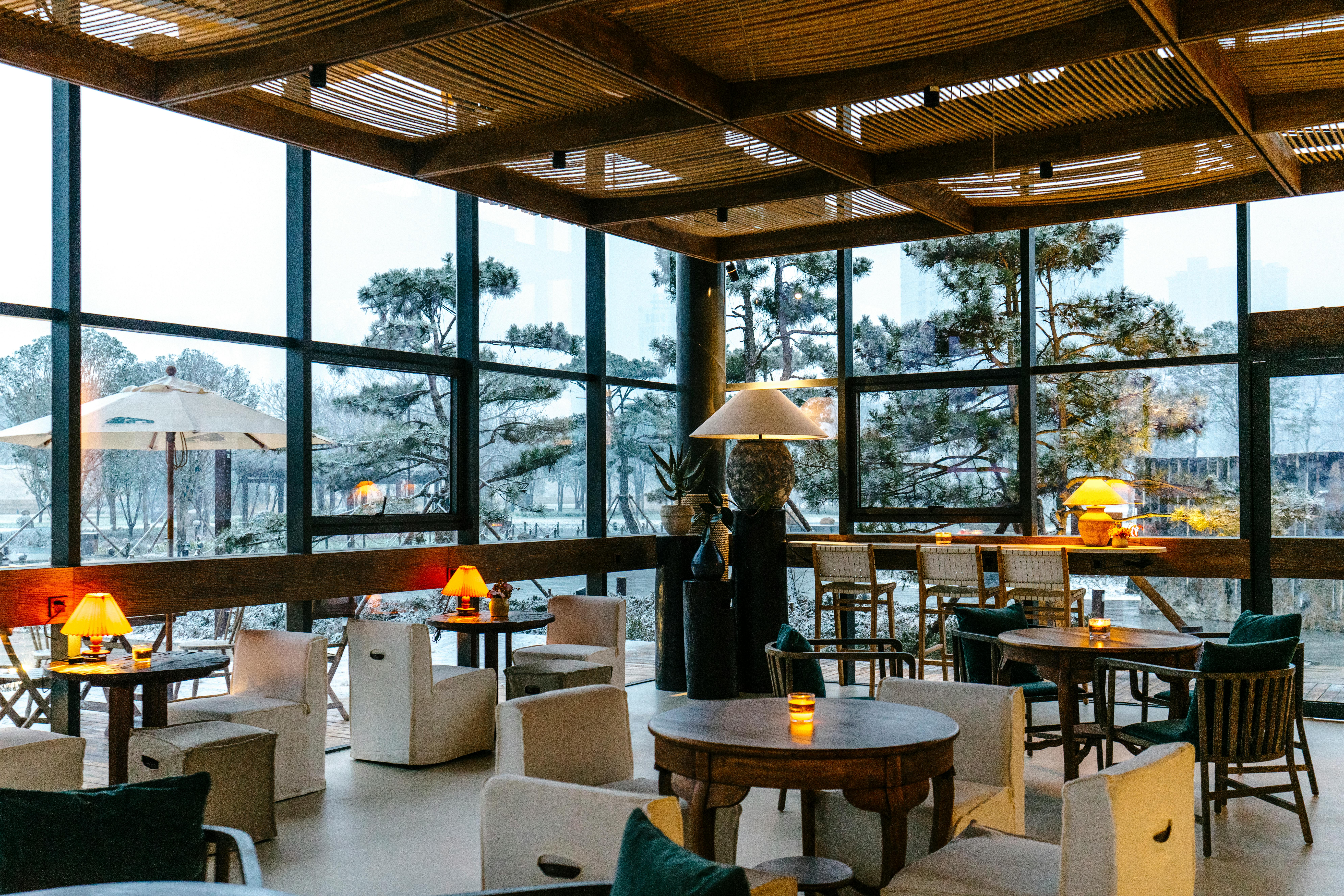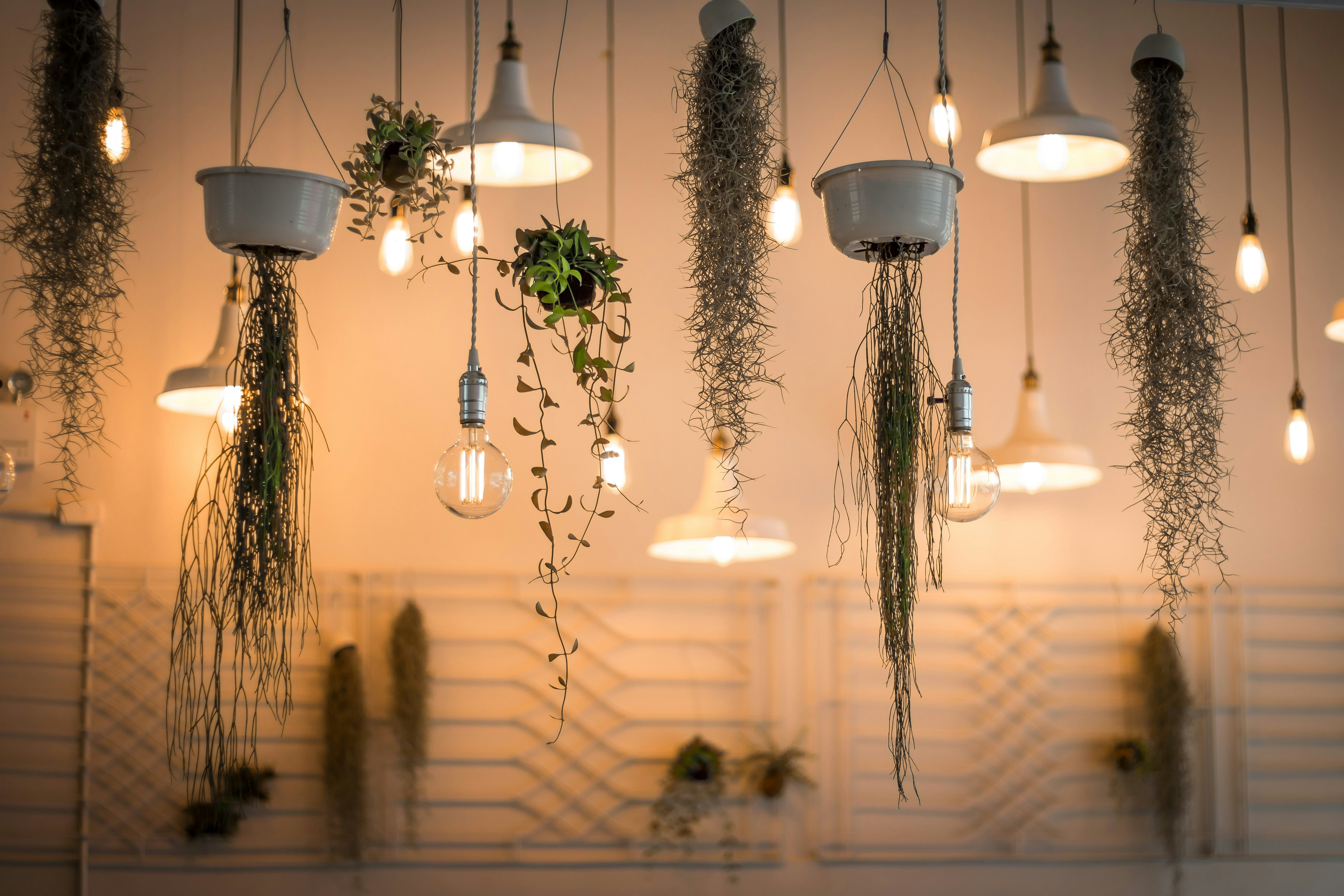-
- Tweet
CartItem(0)ProductProducts Item(0)
No products
Free shipping! Shipping
$0.00Total
Product successfully added to your shopping cart
Quantity
Total
There are 0 items in your cart.There is 1 item in your cart.
Total products (tax excl.)
Total shipping (tax excl.) Free shipping!
Total (tax excl.)
- Email Us contact@dezignlover.com
- WhatsApp : +1(832) 844 1221
The Impact of Designer Lamps on Interior Design
On : mardi, avril 9, 2024

Luxurious designer lighting is essential to creating the ideal ambience and transformative effect in a room. Selecting the appropriate lamp can make or break a space, so be sure to carefully consider your choices when making this selection.
Choosing the Right Light Fixture

Lighting should always be taken into consideration when designing a room, as lighting plays a central role in interior design and has the power to completely transform a space. Not only can it create desired ambience and aesthetic, but lighting can also highlight specific areas within a room and help add drama.
There are various types of lighting available today, from overhead and task lighting to wall mounted fixtures. Each has their own purpose and provide unique benefits; an open kitchen may need overhead lighting for work areas and cooking stations while large living rooms might benefit from using recessed lights to accent architectural features.
Selecting an appropriate light fixture is equally essential to setting the proper atmosphere in a space, so as to be in line with its overall style. A decorative floor lamp in modern or traditional decor would work beautifully while table lamps tend to fit better within more classic settings. When selecting lamps it's also important to think about their shape - an angular lamp would fit better in modern decor while curves work great for traditional styles.
Lighting has an immense effect on color. Lighting can highlight certain hues while simultaneously emphasizing others; for instance, warm yellow or golden tones look best when accented by lighting that complements them on walls and furniture.
Lighting Ornaments

Lighting is an interior designer's ace card - it serves both practical and decorative functions in your space, adding vibrancy and style. Designer lamps make an excellent addition that adds flair and personality. Before purchasing one for yourself or someone else, consider what purpose the lamp will serve first.
There are four categories of lighting: ambient, task (light for specific tasks such as reading), accent and decorative. Table lamps can help add layers to any room with their soft glow while being strategically positioned to direct their focus toward certain objects or areas within your home.
Ornaments by Isamu Noguchi such as paper lanterns can add a subtle pop of color and playful accents to any room, such as these paper lanterns by Ettore Sottsass from 1970. Additionally, Ettore Sottsass' iconic Ultrafragola mirror is seen as the epitome of Memphis Milano design movement as both bold and playful pieces embodying this aesthetic.
If you prefer something with more sophisticated appeal, look to Dutch design brand Fatboy's table lamp as it makes an excellent statement in any interior, whether that means next to an antique wooden sideboard or modern living space. Or opt for Tonone from Germany; their quality ensures this will become part of your home for many years to come!
Finding the Right Shade

Selecting the ideal shade for your lamp is key to creating an exquisite space. There are numerous factors that contribute to making this selection, such as its shape, size and surface material. When making this decision it is also important to take into account both its purpose and location in relation to other objects in the room - for decorative accent lamps it must coordinate with overall decor scheme while ambient lighting should provide soft glow that sets the atmosphere of any space.
The shape and style of a lampshade should complement that of its lamp base, from elegant fluted designs to pleated patterns that bring cozier, more traditional vibes. Furthermore, custom details such as embroidery, decoupage or paint can take the shade beyond being just an accessory to become a show-stopping focal point in its own right.
If the lampshade will serve as ambient or task lighting, select a shade made of light-colored material which allows light to pass through it. Opaque shades such as silk, thick parchment or laminated card provide more focused up-and-down beams of illumination which highlight objects while setting an ambient or task lighting mood.
When selecting a patterned lampshade, ensure its pattern coordinates with other elements in the room. A floral-print shade pairs nicely with matching or complementary rugs while a striped lampshade complements window treatments or wall paintings with stripes.
Cleaning the Lamp
.jpg)
Maintaining clean lamps is a key aspect of interior design and should not be taken lightly. A dry soft cloth will usually do the trick. Metal cleaner may also come in handy. Before cleaning a lamp, always unplug its power source and unscrew its bulb(s).
Maintenance for metal lamps such as those found in the Kanlux ASIL series should not pose any major obstacles; simply wipe with a dry cloth after unplugging from electricity and cooling down before wiping with dry cloth after disconnecting and cooling down. Brass base lamps typically don't require polishing either since their lacquering helps protect from tarnishing and won't require polishing to keep looking new for extended.
Glass lamps require more effort and care to maintain. Transparent glass allows light to pass through while patterned and stained glasses add elegant lighting effects. However, their delicate material can become cloudy over time in kitchen environments where grease particles, steam and dust tend to condense together and build up over time.
Clean the glass regularly with a dampened cloth soaked with some water and soapy water, for best results. For hard-to-reach areas, try using a toothbrush or small brush instead to get rid of dirt more effectively.







